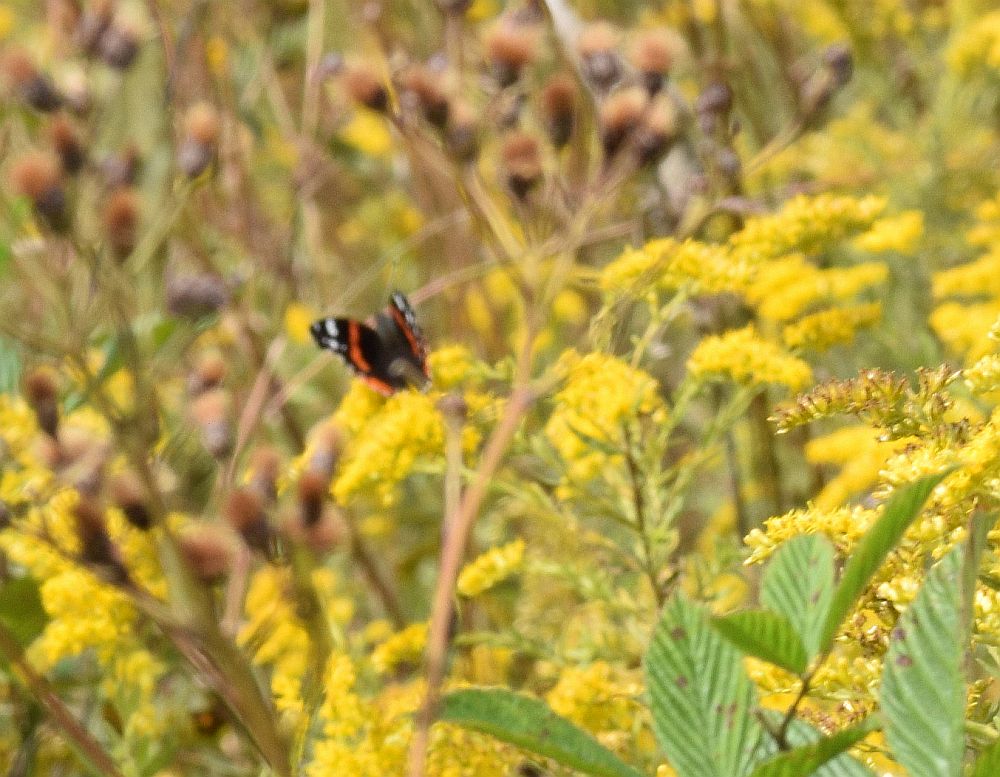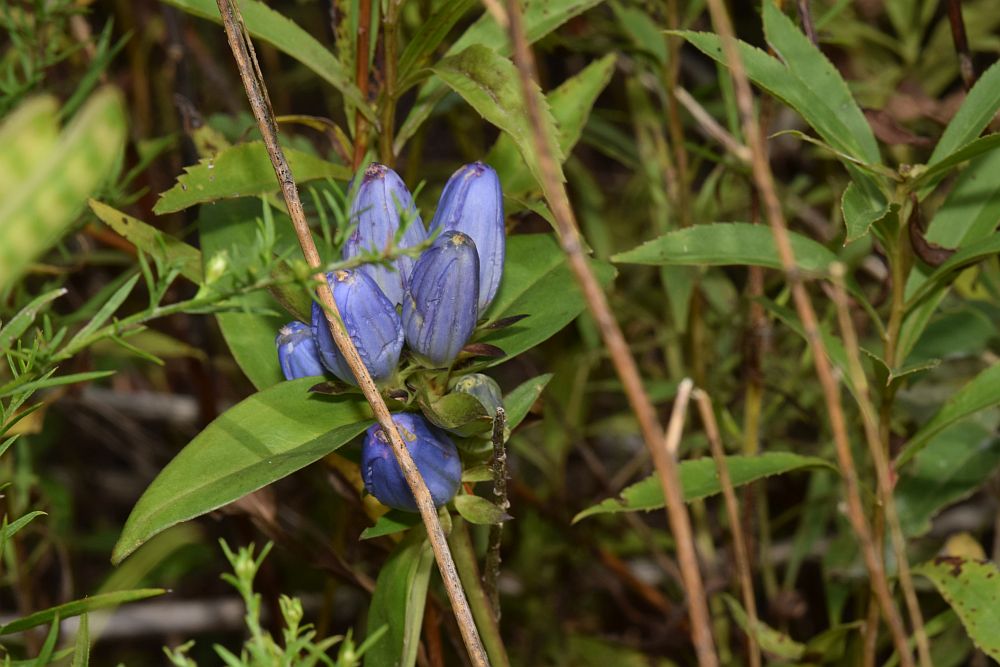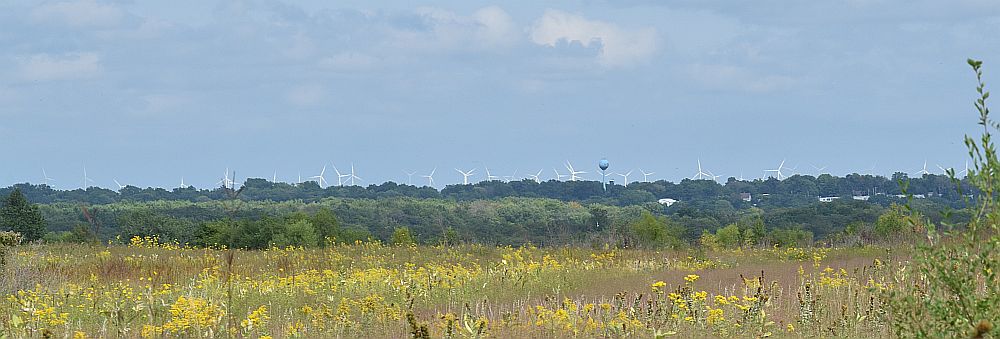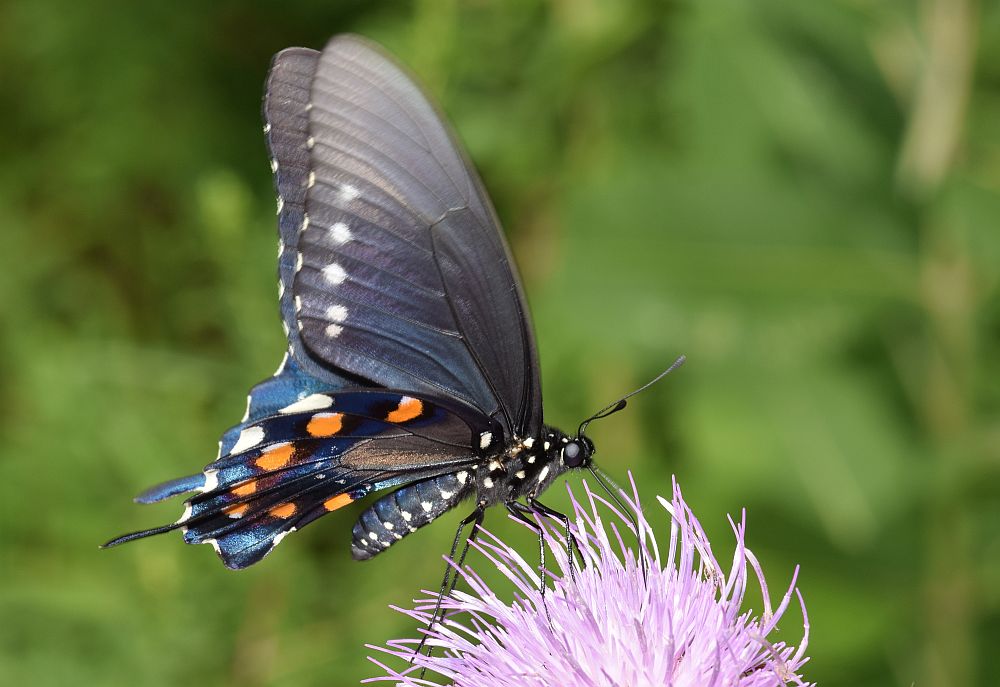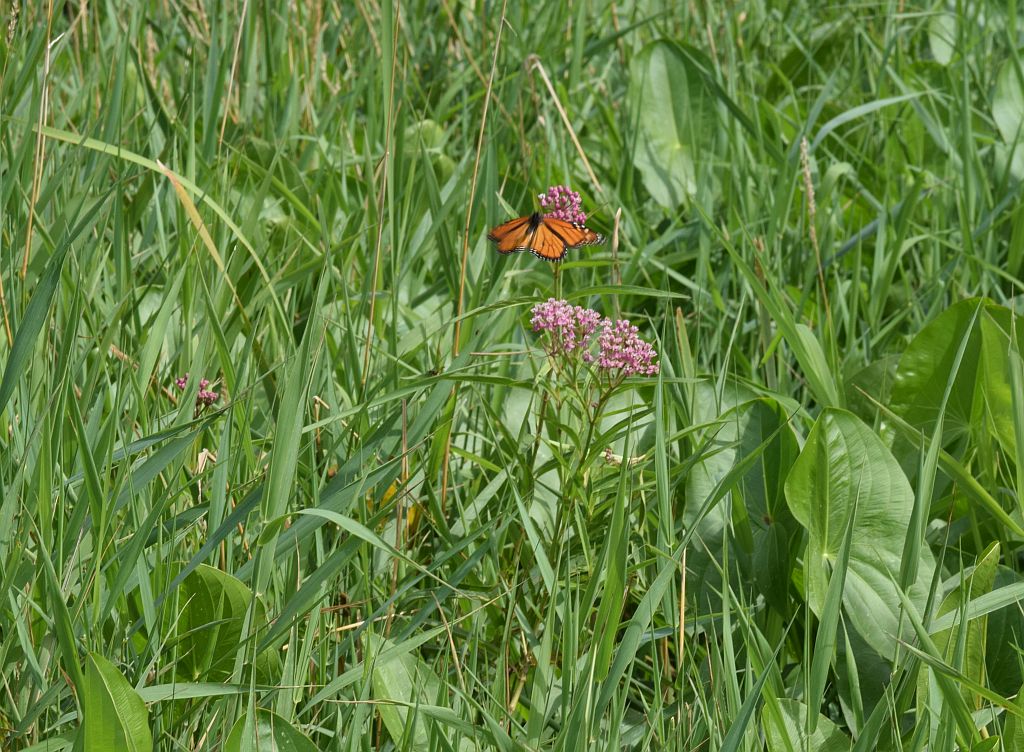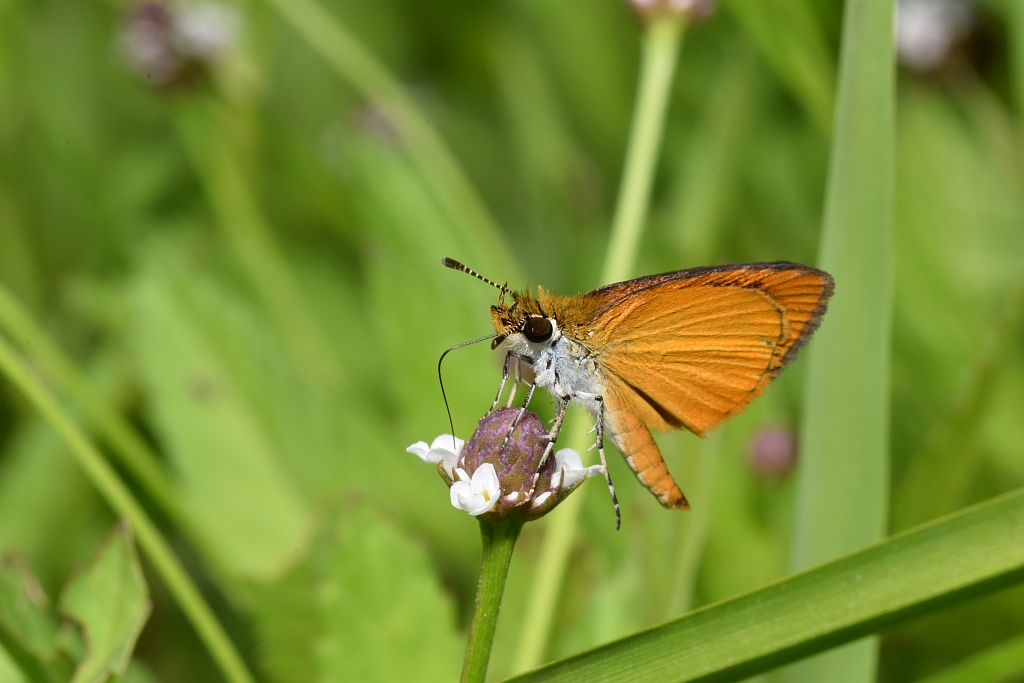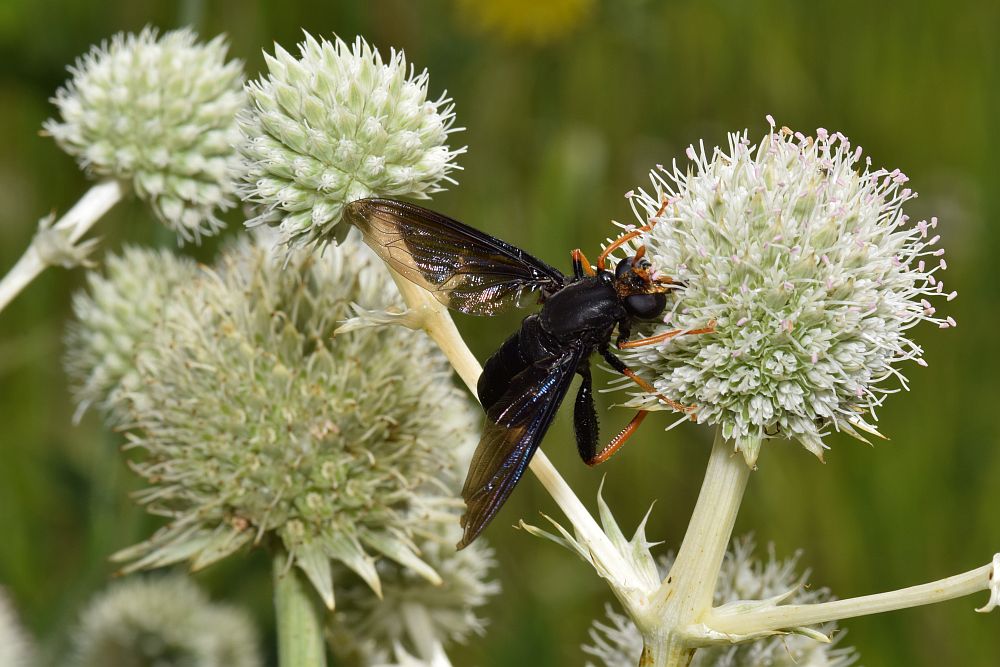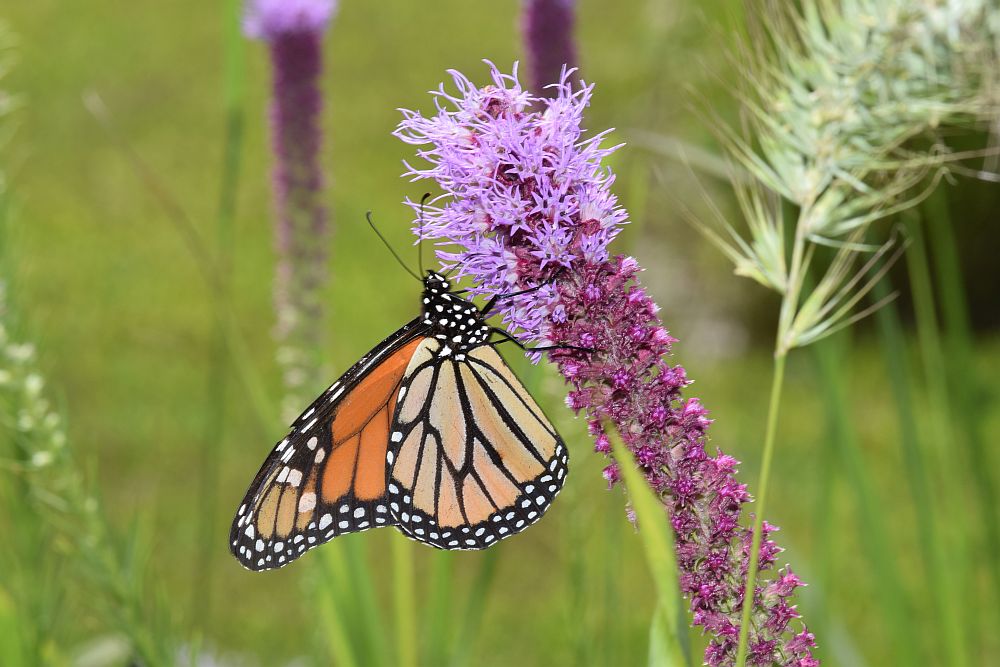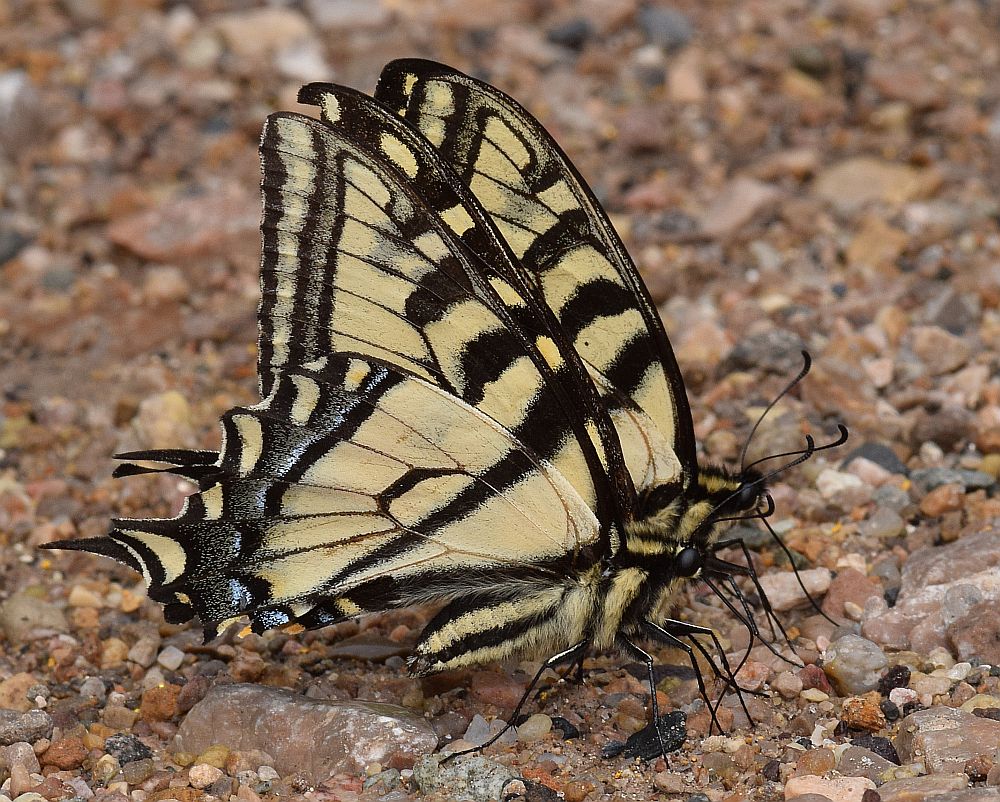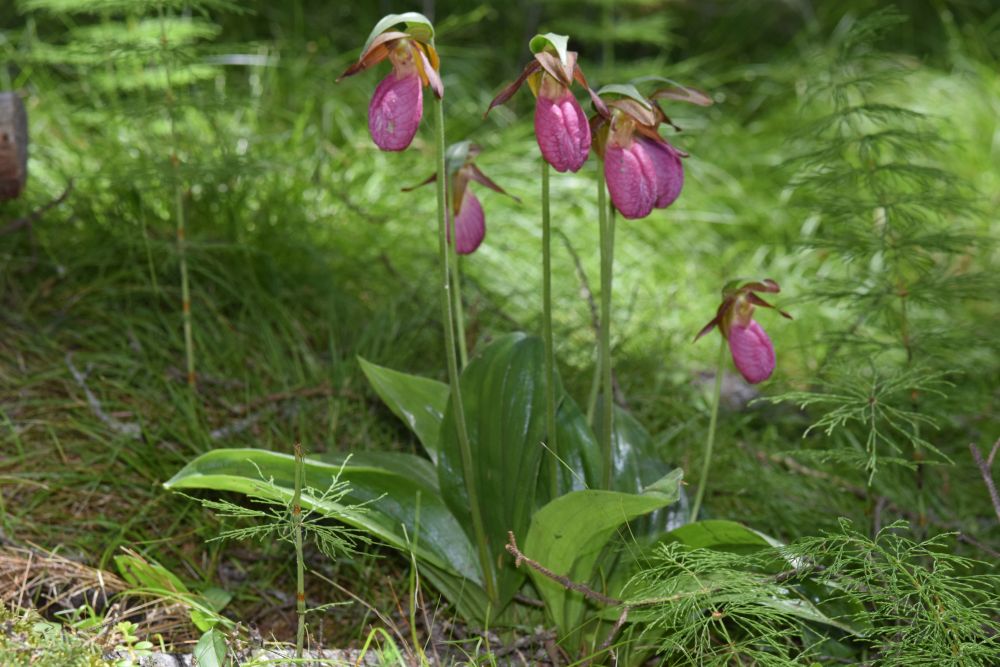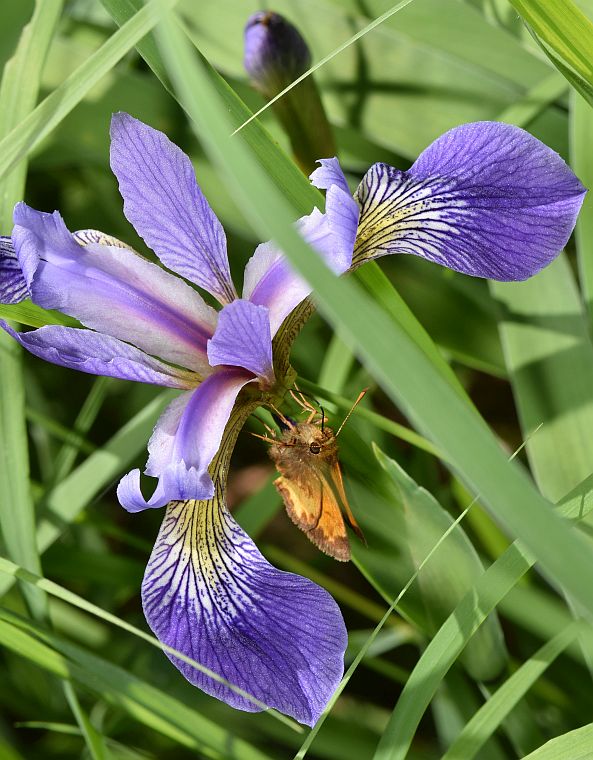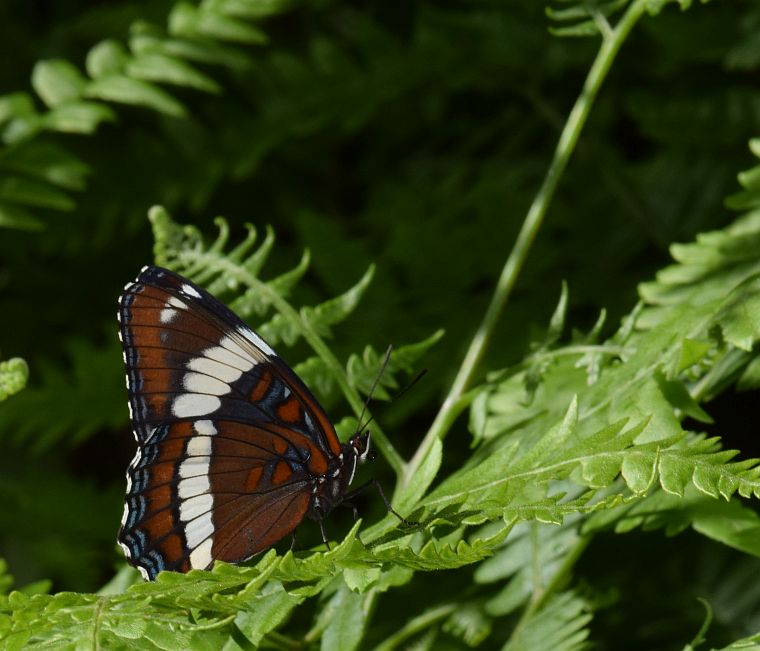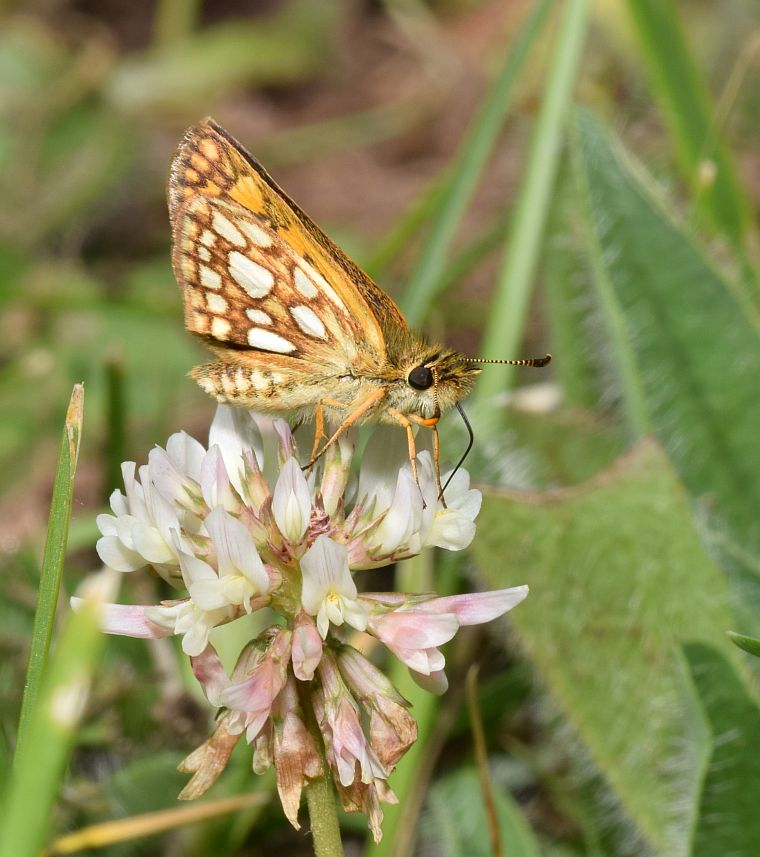The butterfly big year is over. Here is my After Action Report. This is what I did, what went right, what went wrong, and what I would do different if I wanted to do it again.
My goal was to photograph as many species of wild butterflies as I could within Iowa or any of the states immediately surrounding it. It was sort of an excuse to have a big adventure. One other adventure I had was to attend a close-up photography workshop in Montana, called Bugshot Montana. The two kind of blurred together as I took a lot of butterfly photos at the workshop and on the trip as well.
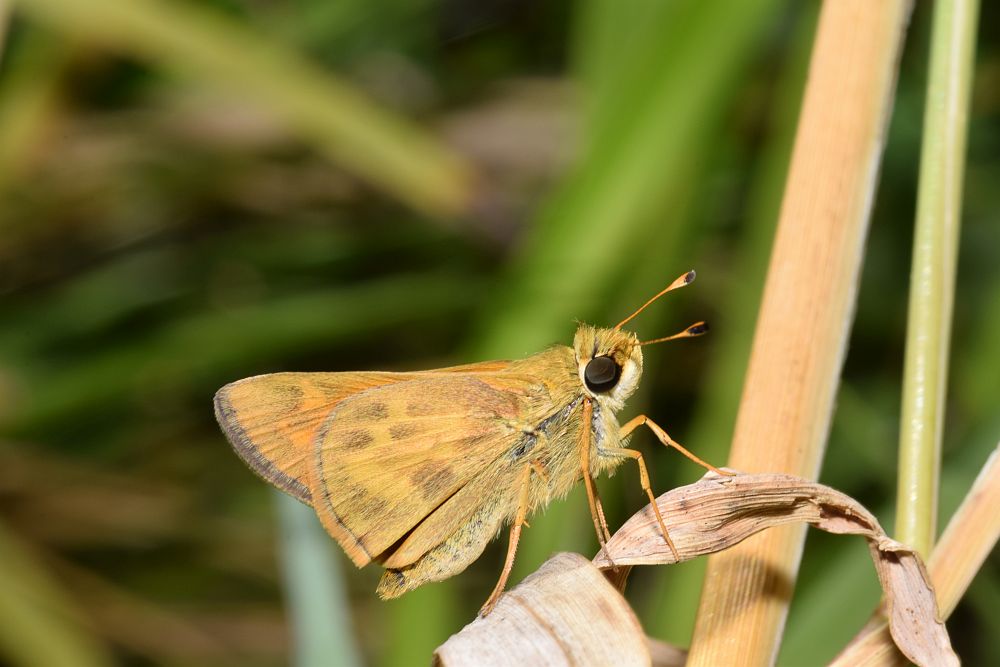
Over the summer, in trips associated with either the big year or the workshop, I drove 8,141 miles. For the big year portion, I photographed 68 species of butterflies. I got photos of another 14 species while in the workshop. Six of the big year butterflies were “lifers” as were 13 of the workshop butterflies.
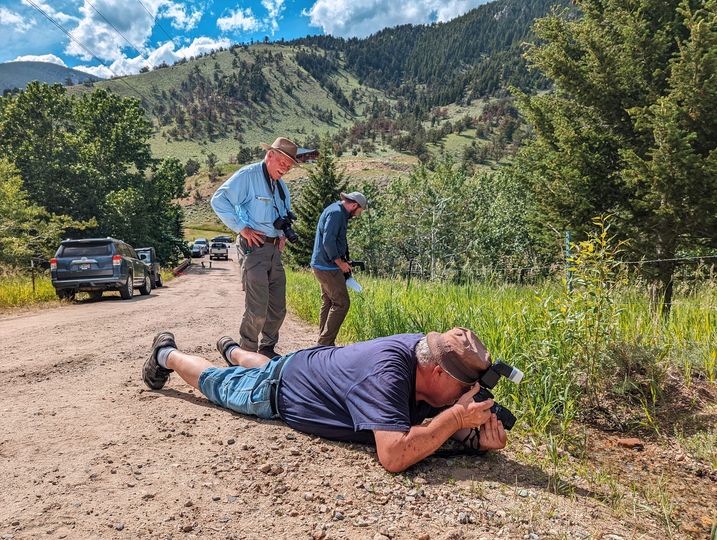
Typically the plan was to do two nights in a hotel in the surrounding state, which would give me a full day in the field. All of the locations could be reached in a day’s drive from home. I picked sites based on screening with iNaturalist. I could find target butterflies and see when and where they were likely to be. Then I would pick two or three locations for possible visits.
In practice this did not always work very well. I sometimes found myself in areas that did not seem very promising. The weather did not always cooperate either. A few times I drove around more within a particular state than I had planned. Part of the problem might have been seasonal, also. I took only one trip to Wisconsin, and that was in early May. My goal was to find the Olympic marble, which I did, but early May was not so good for other species.
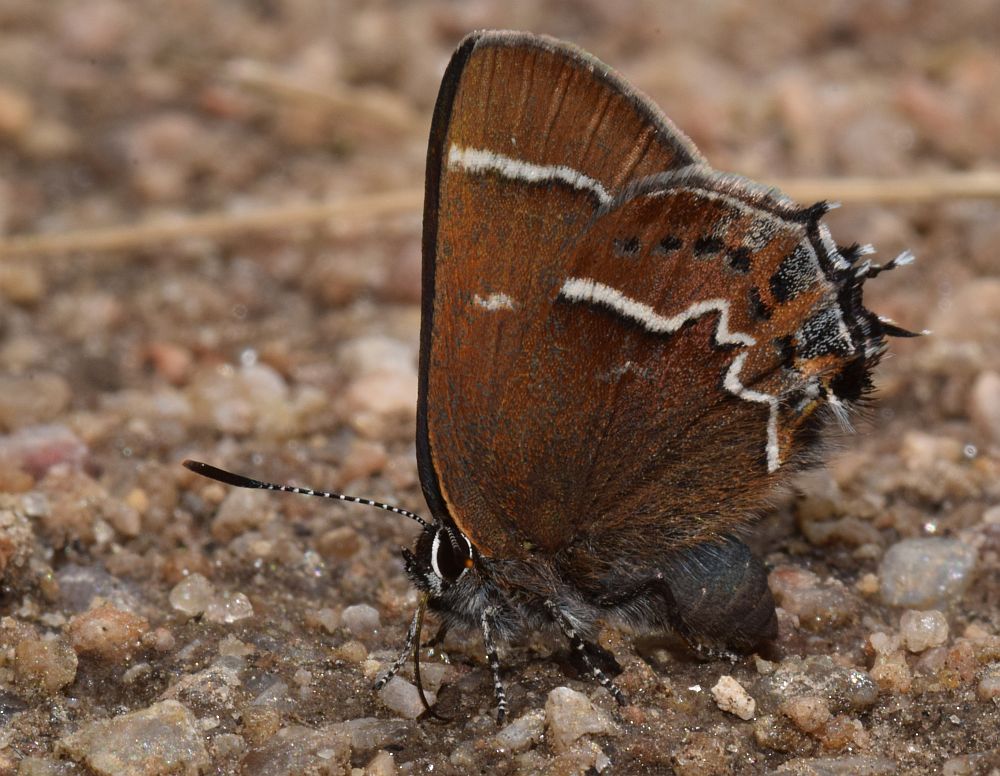
One big issue I had, and which affected the whole experience is that I am old and getting older. I had a back surgery about a year and a half ago, and I have some arthritis in my neck. Plus, I have not been getting the amount of exercise I should. To paraphrase the great Warren Zevon the stuff that used to work, well it won’t work now. So I can still get out and walk the trails, but not as quickly or as surely as I used to be able to. I have more troubles crossing ditches or creeks. I can still bend down or crawl to get close to the butterflies, but I am noticeably slower than I was just a few years ago. That does take a little bit of the fun from the experience.
I don’t intend to stop chasing butterflies anytime soon (even though I have to wait for the season to start again). I do have pay more attention to getting exercise prior to any butterfly chases, and I will have to live with the limits that age gives me. But I don’t plan to stop.

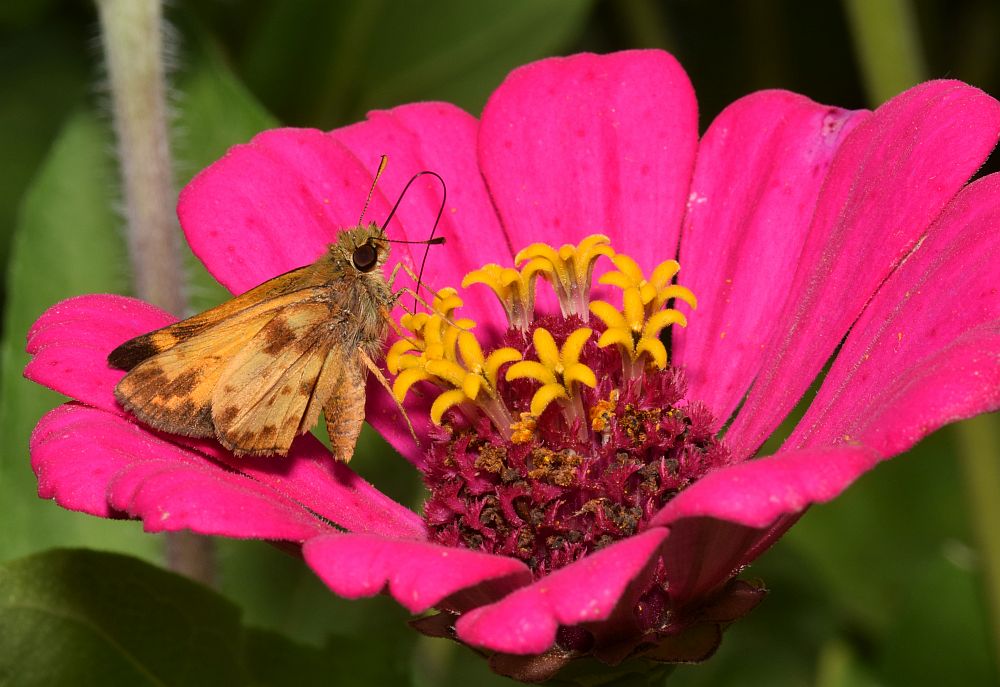
I got some good butterfly photos in every state except Nebraska. I planned half a day in the field at the Crescent Lake National Wildlife Refuge, but it was on the return trip from Bugshot Montana and I was too tired from that to give it the proper amount of attention. I did get a couple of quick snapshots of butterflies in Nebraska, but they were to blurry and out of focus to identify. The area was pretty neat and I would like to go back, however.
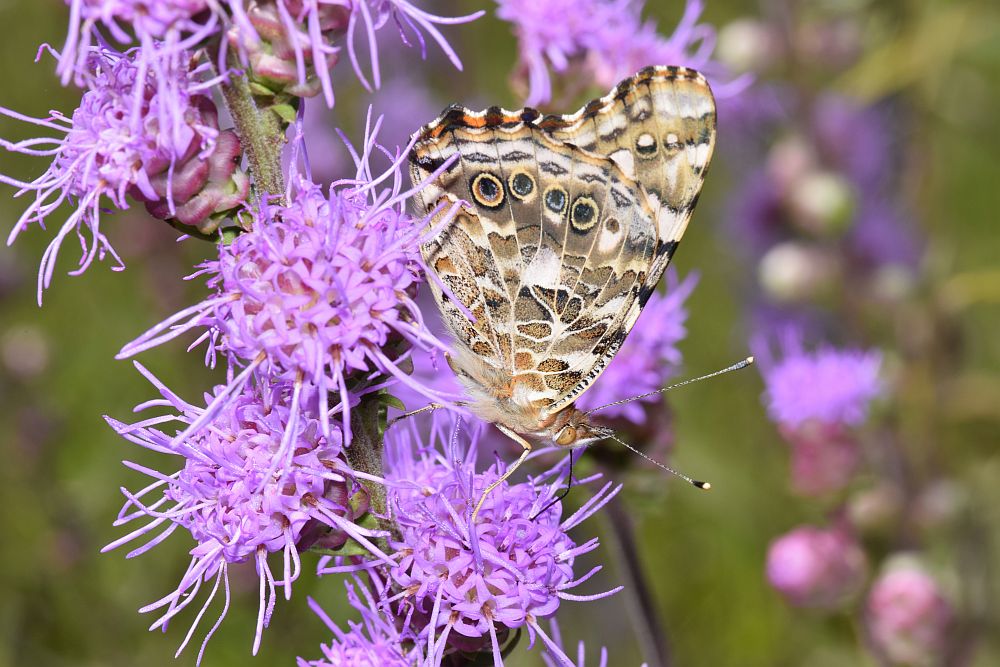

It was a fun exercise. I am not sure I will do it again, but I do plan on visiting some of the natural areas again. Runge in Jefferson City, MO, and the Spring Green State Natural Area in Wisconsin are high on the list. So is Spearfish Canyon in South Dakota.








